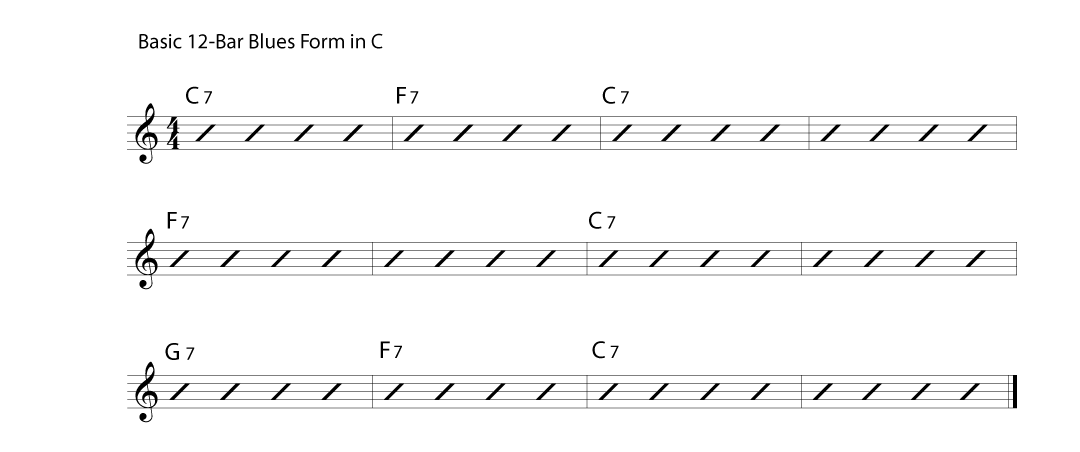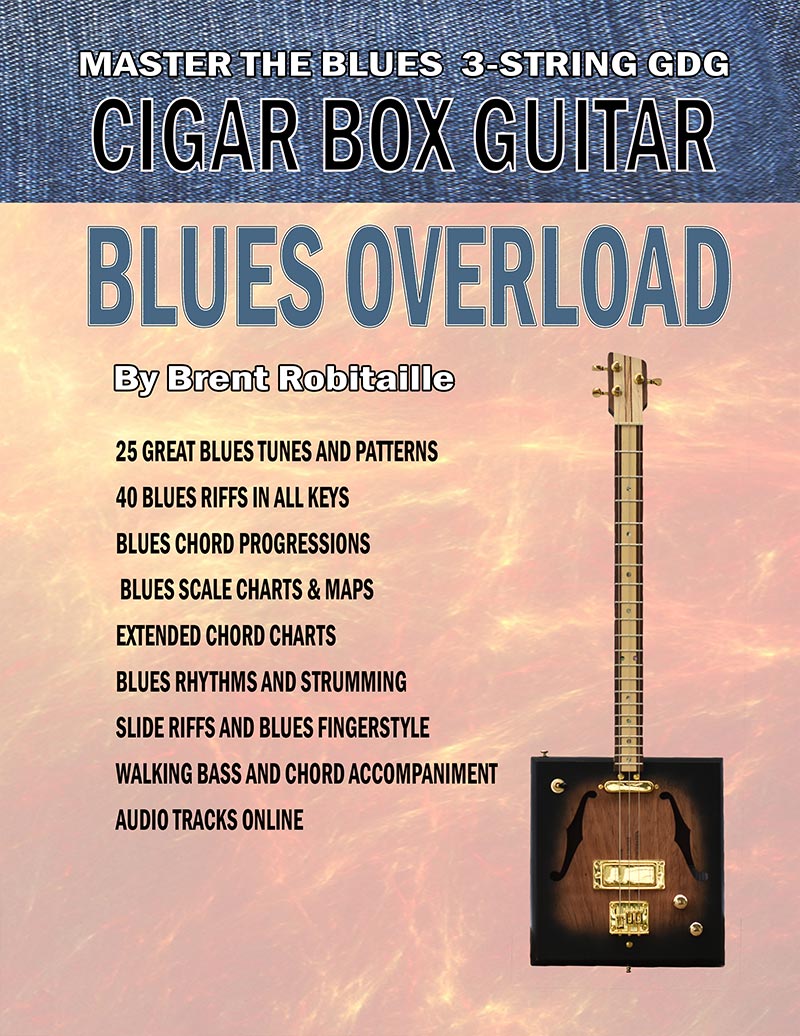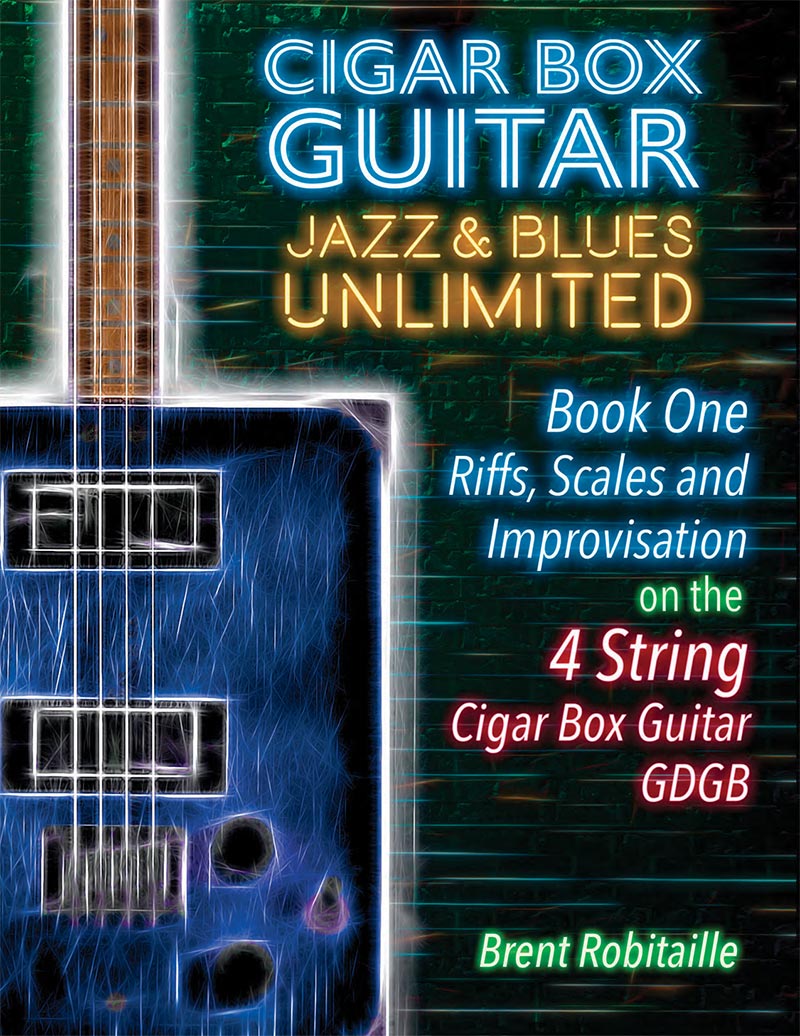
Toronto-based trumpeter and composer Brad Eaton draws inspiration from all corners of today’s diverse musical landscape. As the son of two professional trumpet players, Brad was deeply immersed in music and the arts. Brad is a graduate of the University of Toronto jazz performance program.
The 12-bar blues is usually one of the first chord progressions a musician will come across as they begin to learn to improvise. However, despite the relatively simple harmonic structure of a blues, becoming comfortable enough to improvise over its structure is often one of the biggest barriers for new and beginning improvisers.
Even though there are countless ways to approach playing over this progression, excellent results can be achieved using relatively simple concepts. Here I’ll share some suggestions on how to begin navigating a basic 12-bar blues.

1) Chord Tones
The most basic version of the 12-bar blues progression consists of three different chords: I7, IV7 and V7. In the key of C, these chords would be C7, F7 and G7. These chords, known as dominant seventh chords, are made up of 4 notes: the root, third, fifth and flat seventh.

Learning to improvise using only these notes, otherwise known as the chord tones, is a great place to start. By keeping things simple and only using 4 notes at a time you can start to get a handle on the sound and feel of the harmony without needing to think about entire scales.
In addition, chord tones are great because they firmly outline the harmonic structure and will always sound like they fit the tonality you’re playing in. To simplify things even further, you could limit yourself to only using quarter notes.
Here’s an example of what a chorus on a 12-bar blues might sound like while practicing these concepts.
2) Mixolydian Scale
Next up, you might start to add more notes to your vocabulary with the introduction of scales. The mixolydian scale is a great option to start out with when playing over dominant seventh chords. This scale is the same as a simple major scale, except it contains a flat seventh instead of a natural seventh.

Once you practice and become familiar with these scales, you can try using them when you improvise. Here’s an example of what it might sound like to add in pieces of the mixolydian scale to your solos, along with adding some eighth notes to your lines.
3) Minor Pentatonic
Another scale that can sound great on a blues is the minor pentatonic scale. This scale only contains five notes: the root, flat third, fourth, fifth and flat seventh. The I minor pentatonic scale, in this case, the C minor pentatonic scale, can work over the entire blues with the exception of the V7 or G7 chord.

It may seem odd that a scale with a minor third can sound good over a chord with a major third, but used in the right way, especially over the I7 chord. The flat third can really help give your solo a bluesy sound. Here’s a short example of the minor pentatonic used in conjunction with our previous ideas, over a chorus of the blues.
4) Approach Tones and Passing Tones
One more thing that can add a little flavour and ‘bluesiness’ to your solos is the use of approach tones (neighbour tones) and passing tones. Quickly approaching a chord tone or scale degree by a neighbouring semitone or scale degree gives a sound that is very typical of the blues.

Even using only chord tones with approach tones can be a very effective way to give your solos a lot of flavour.
Putting It All Together
Playing over the blues doesn’t have to be complicated to sound good. Using just these few simple ideas can get you a long way when it comes to playing a solo that sounds convincingly blueslike.
What does it sound like all together? Here’s an idea of what one possible chorus on the blues could sound like with just these concepts and not much more.
Please post any comments or suggestions for more blues lessons below.
Cigar Box Guitar – Blues Overload
Master the blues. Everything you need to learn the blues on the 3 String Cigar Box Guitar (GDG). A complete method with over 330 pages! Including blues tunes, riffs, chord progressions, blues scales and much more. A must have for all cigar box guitar players. Audio tracks below.
Complete Blues Method for 3 String Cigar Box Guitar
Cigar Box Guitar Jazz & Blues Unlimited – Book One 4-String
Learn how to play jazz and blues on your 4-string cigar box guitar (GDGB). A comprehensive two-book series. Book one includes tablature, notation and chords, over 100 jazz and blues riffs, jazz and blues tunes, scales and arpeggios, theory and improvisation and much more.
Book One: Riffs, Scales and Improvisation – 4 String Tuning GDGB



Recent Comments